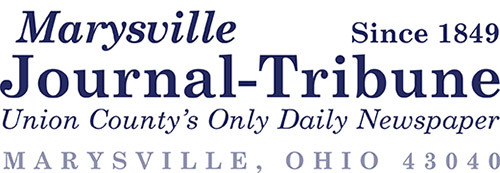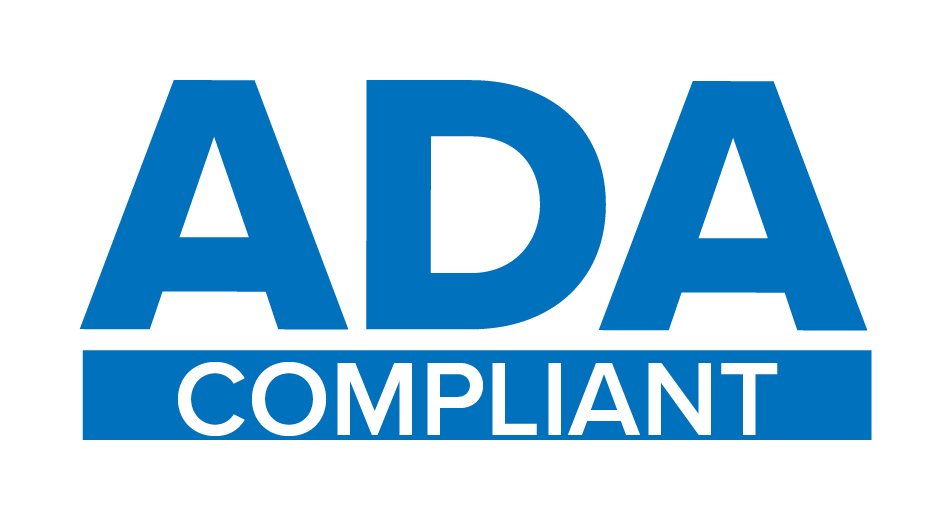News
October 5, 2018
All eyes on Marysville
A heads-up display inside the vehicle will be able to give drivers an audio and visual warning (inset) about pedestrians, emergency vehicles and red-light runners. Officials say the number of messages will increase as testing continues and technology continues to advance.
(Journal-Tribune photo by Ma...




